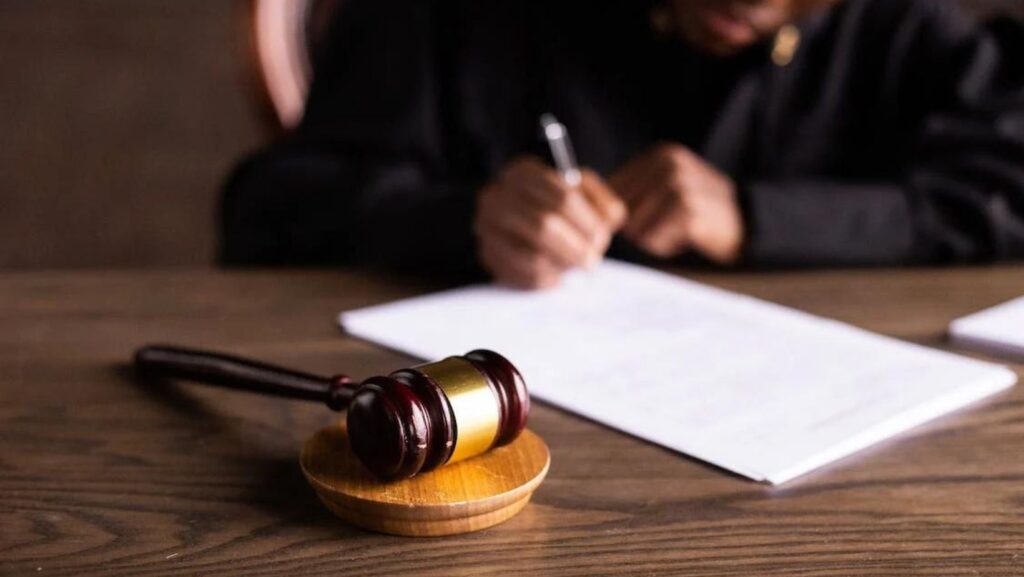
Camp Lejeune, a U.S. Marine Corps Base in North Carolina, has become synonymous with legal battles stemming from a water contamination incident. The Camp Lejeune lawsuits have been pivotal in addressing the health concerns of individuals exposed to toxic substances. This has led to a surge in legal actions seeking compensation.
Concurrently, technological advancements have played a crucial role in shaping legislative developments and providing a platform for affected individuals to voice their grievances. In this article, we will dive into the intersection of Camp Lejeune lawsuits and the transformative impact of technology on legislative processes.
Camp Lejeune Lawsuits and the CLJA
According to TorHoerman Law, the Camp Lejeune lawsuits shed light on a sad chapter in U.S. military history. Individuals at the U.S. Marine Corps Base Camp Lejeune from 1953 to 1987 faced health repercussions due to water contamination discovered in 1982.
Toxic substances like trichloroethylene (TCE), perchloroethylene (PCE), benzene, and vinyl chloride from Camp Lejeune contamination have led to cancers and birth defects.
The Camp Lejeune Justice Act (CLJA) of 2022, integral to addressing grievances, was enacted as part of the Honoring Our PACT Act 2022. According to the Department of Justice, this legislation marked a milestone in recognizing claimants’ rights to file lawsuits for water contamination injuries. The CLJA not only provides legal recourse but also prompts a comprehensive examination of toxic exposure effects.
In this context, technological advancements are crucial in shaping Camp Lejeune lawsuits. They influence legislative developments to address the complex health and environmental challenges stemming from water contamination. We will discuss this more in the following sections.
Legislative Initiatives and Online Platforms
Online platforms have become central hubs for sharing updates on legislative initiatives related to Camp Lejeune. Websites, forums, and social media channels dedicated to the cause ensure that affected parties stay informed about proposed bills, hearings, and key developments.
Advocacy groups leverage these platforms to organize virtual town halls and Q&A sessions, fostering open communication between lawmakers and the community. CHEJ reports that The Few, The Proud, The Forgotten stands out as one such grassroots organization. They have been involved in both offline and online advocacy regarding the Camp Lejeune case.
The instantaneous nature of online communication allows for rapid mobilization. This enables supporters to engage in real-time discussions, share resources, and coordinate efforts to influence legislative decisions.
These platforms serve as a vital bridge between affected individuals and legislators, facilitating a more transparent and inclusive legislative process.
Electronic Filing and Case Management
The legal landscape of Camp Lejeune lawsuits has evolved significantly with the introduction of electronic filing systems and advanced case management tools. Electronic filing streamlines the submission of legal documents, reducing paperwork and expediting the legal process.
With secure online portals, litigants can submit claims, track the status of their cases, and communicate with legal representatives seamlessly. Case management tools enable lawyers to organize vast amounts of case-related data efficiently, improving collaboration and coordination among legal teams.
This technological advancement speeds up the legal proceedings while ensuring a more accessible legal system for those seeking justice in Camp Lejeune lawsuits.
Remote Testimonies and Virtual Hearings
As per Thomson Reuters, 81% of courts in different states across America are holding virtual hearings to some extent. In response to the challenges posed by geographical constraints, Camp Lejeune lawsuits have also embraced technology by incorporating remote testimonies and virtual hearings.
This innovative approach allows plaintiffs, witnesses, and legal experts to participate in proceedings from the comfort of their own locations.
Virtual hearings not only reduce the logistical challenges associated with travel but also enhance accessibility. This ensures that individuals who may have difficulty attending in person can still actively engage in the legal process.
This evolution in legal proceedings showcases the adaptability of technology in fostering a more inclusive and efficient judicial system. This is especially true in complex cases such as those related to Camp Lejeune water contamination.
Data Analytics in Legislative Decision-Making
The use of data analytics has become instrumental in shaping legislative decision-making processes related to Camp Lejeune lawsuits. Lawmakers and regulatory bodies leverage data analysis to gain insights into the broader impact of contamination, identifying trends, patterns, and correlations within large datasets.
By harnessing the power of data, legislators can make more informed decisions on the allocation of resources and the formulation of targeted policies. Data analytics not only aids in understanding the extent of the issue but also contributes to evidence-based policymaking. This ensures that legislative responses are grounded in comprehensive and accurate information.
This intersection of technology and data empowers lawmakers to address the complexities of Camp Lejeune lawsuits with a more nuanced and informed perspective.
Cybersecurity Challenges and Legal Safeguards
As technology plays an integral role in Camp Lejeune lawsuits, concerns about cybersecurity have surfaced. The reliance on electronic filing systems and online communication introduces potential vulnerabilities, requiring a robust framework of legal safeguards.
Ensuring the protection of sensitive information, such as medical records and personal details, is crucial. Legal professionals involved in Camp Lejeune cases must implement encryption measures, secure communication channels, and regularly update cybersecurity protocols. This helps safeguard against unauthorized access or data breaches.
AI and Environmental Justice
Looking ahead, the future of such lawsuits is poised to be influenced by the integration of AI in legal research and environmental justice initiatives.
AI technologies have the potential to revolutionize data analysis, quickly identifying intricate patterns and correlations within vast datasets related to water contamination. This innovation can enhance the efficiency of legal research, aiding in the identification of causation links and the assessment of long-term health implications.
Additionally, AI-driven tools may contribute to the development of more proactive and preventive environmental justice measures, predicting potential hazards and mitigating risks. The synergy between technology and environmental justice promises a more sophisticated and responsive approach to addressing the challenges posed by cases like Camp Lejeune.
In summary, the synergy of Camp Lejeune lawsuits and technological advancements highlights a paradigm shift in legal proceedings. Online platforms facilitate transparent communication, electronic filing streamlines processes, and virtual hearings enhance inclusivity.
Data analytics empowers lawmakers, but cybersecurity safeguards are imperative. Looking ahead, the integration of AI promises a revolutionary leap in legal research and proactive environmental justice.
The impact of these advancements reflects a dynamic landscape where technology paves the way for an approach to addressing issues like Camp Lejeune contamination.












